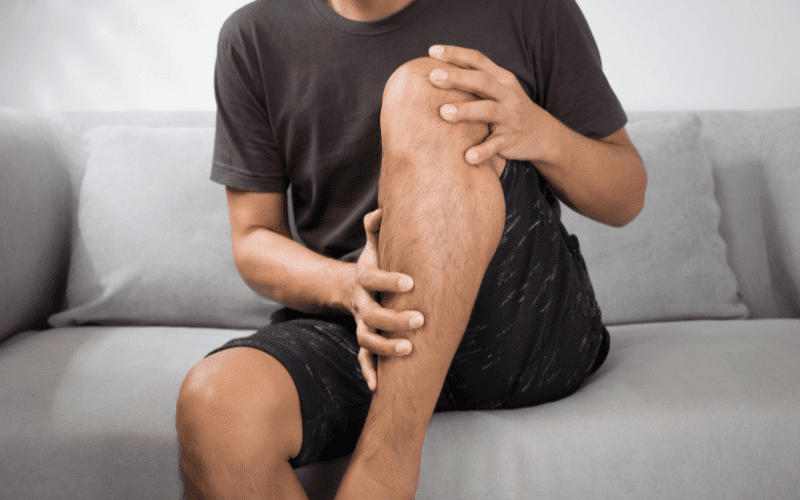Symptom 6: Spasticity – The Tightening Grip

Spasticity is another common symptom of PKAN. It is characterized by muscle stiffness or spasms, usually in the limbs, that can affect movement and posture. It’s as if the muscles are in a constant state of contraction, leading to an unusual tightness or stiffness.
This symptom typically presents as a heightened muscle tone, leading to a resistance to stretching. Over time, this can lead to restricted movement in the affected joints, often causing pain and discomfort. In severe cases, it can also lead to contractures, or permanent tightening of the muscles and tendons.
The impact of spasticity extends beyond physical discomfort. It can affect a person’s ability to perform everyday tasks, thereby impacting their independence. Furthermore, the pain associated with this symptom can lead to disturbed sleep and overall discomfort, thereby affecting the individual’s quality of life.
Early intervention is key in managing spasticity. Physical therapy, occupational therapy, and certain medications can help control this symptom and minimize its impact on daily life. (6)